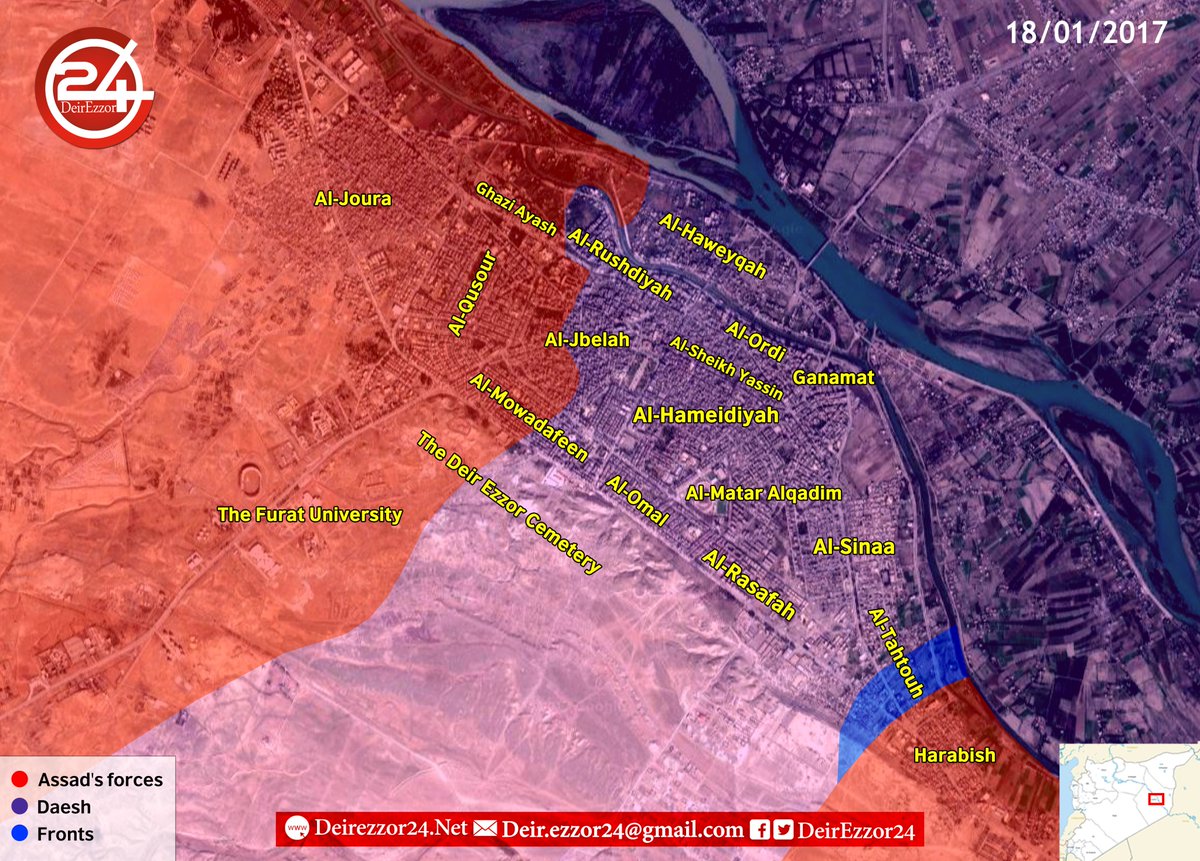Jura The idiot
General
for the SDF record
Pentagon readies aggressive ISIS proposals for Trump
Pentagon readies aggressive ISIS proposals for Trump
source is CNNThe Defense Department is prepared to provide the new administration with military options to accelerate the war against ISIS in Syria that could send additional US troops into direct combat, CNN has learned.
These options would inherently increase the risk for US troops compared to what President Barack Obama was willing to accept.
The options will be ready for President-elect Donald Trump to consider as soon as he takes office and would be presented by James Mattis as the new defense secretary and Gen. Joe Dunford, chairman of the Joint Chiefs of Staff. They would have the final say on any details being briefed to the new president for his approval.
Options to deal with other hotspots, including Iran, are also being prepared, according to the defense official.
The options had already been worked up by the military during the Obama administration, but the authorities to carry them out were never approved by President Barack Obama.
New authorizations by Trump, needed to act on any of the proposals, would mean the US is expanding both its military strategy on fighting ISIS and signal the Trump White House is willing to take on increased military risk. None of the options being discussed contradict positions taken by Mattis publicly at this point.
Discussing ISIS on the campaign trail, Trump pledged to "bomb the s--t out of them." And in September, he said, "I am also going to convene my top generals and give them a simple instruction: They will have 30 days to submit to the Oval Office a plan for defeating ISIS."
US military planners and intelligence officials have now mapped virtually every airstrip and location in Syria that might have to be used by US troops, according to the official directly familiar with the details.
One option would put hundreds, if not thousands, of additional US troops into a combat role as part of the fight to take Raqqa.
Depending on progress in arming and training the full Syrian Democratic Forces -- a local fighting force -- in the coming months, the Pentagon could put several US brigade-sized combat teams on the ground, each team perhaps as many as 4,000 troops.
There is no consensus on the size of any US deployment being proposed, because a final decision on how many to send would depend on what is done with issues like arming the Kurds, who are also US partners in the fight.
The US troops would not enter Raqqa but would focus on territory outside the city, calling in airstrikes and controlling roads and towns around Raqqa.
In addition, heavily armed US Special Operations Forces could be put in a direct combat role for the first time, beyond their current mission to advise and assist local forces.
Another key option is for Trump to authorize the Pentagon for the first time to arm Kurdish fighters, who would be used to control villages and roads around Raqqa.
The move would be highly controversial because it would surely anger Turkey -- a NATO ally -- which does not want to see Kurdish elements gain further military strength, the official said.
But the Pentagon believes that the Kurds and Arabs who make up the Syrian Democratic Forces are the only local fighters able to take the ground around Raqqa, ISIS's self-declared capital and its most important stronghold in the country. Arab elements of the SDF are the ones who would eventually enter Raqqa, a predominantly Arab town. Currently, the SDF has about 50,000 fighters. The Kurdish YPG portion of the SDF is about 27,000, though it includes some Arabs. The Syrian Arab Coalition portion of the SDV has 23,000 forces, with some Kurds in the mix.
Trump will be briefed on efforts to capture or kill ISIS leader Abu Bakr al-Baghdadi. There have been multiple intelligence tips in recent weeks about Baghdadi's whereabouts, the official said. But none of them have been "real-time" sightings, only tips on where he had recently been seen.
Military and intelligence officials are now working through that data to narrow down a possible location. A recent mission by the US Expeditionary Targeting Force outside Deir Ezzor was specifically aimed at capturing an ISIS operative who was believed to have intelligence on Baghdadi, but the person opened fire on the American troops, who then killed him.
Another set of options aims to counter Iran's growing influence in the region, something Mattis has already indicated is one of his top priorities. US military commanders would like more authority to stop Iranian weapons shipments into Yemen through the Bab al-Mandab waterway between Yemen and the Horn of Africa, the official said.
This authority could extend to trying to stop the buildup of shore installations along the Yemen coast using Iranian-supplied weapons to attack shipping and US military vessels transiting through the area.
In October, the US conducted missile strikes against coastal installations being run by Iranian-supported fighters to attack US Navy ships. Additional options are being updated to ensure the Strait of Hormuz cannot be shut down by Iran.
One area of increased US military activity in the coming days that Trump has not yet had a role in is Afghanistan. Within days, Afghan forces -- with support from US air and ground units -- will launch a series of operations in southern and eastern Afghanistan against the Taliban.
These are likely to be the first intensified military operations of the Trump administration but have been long planned by the Pentagon, the official said.




